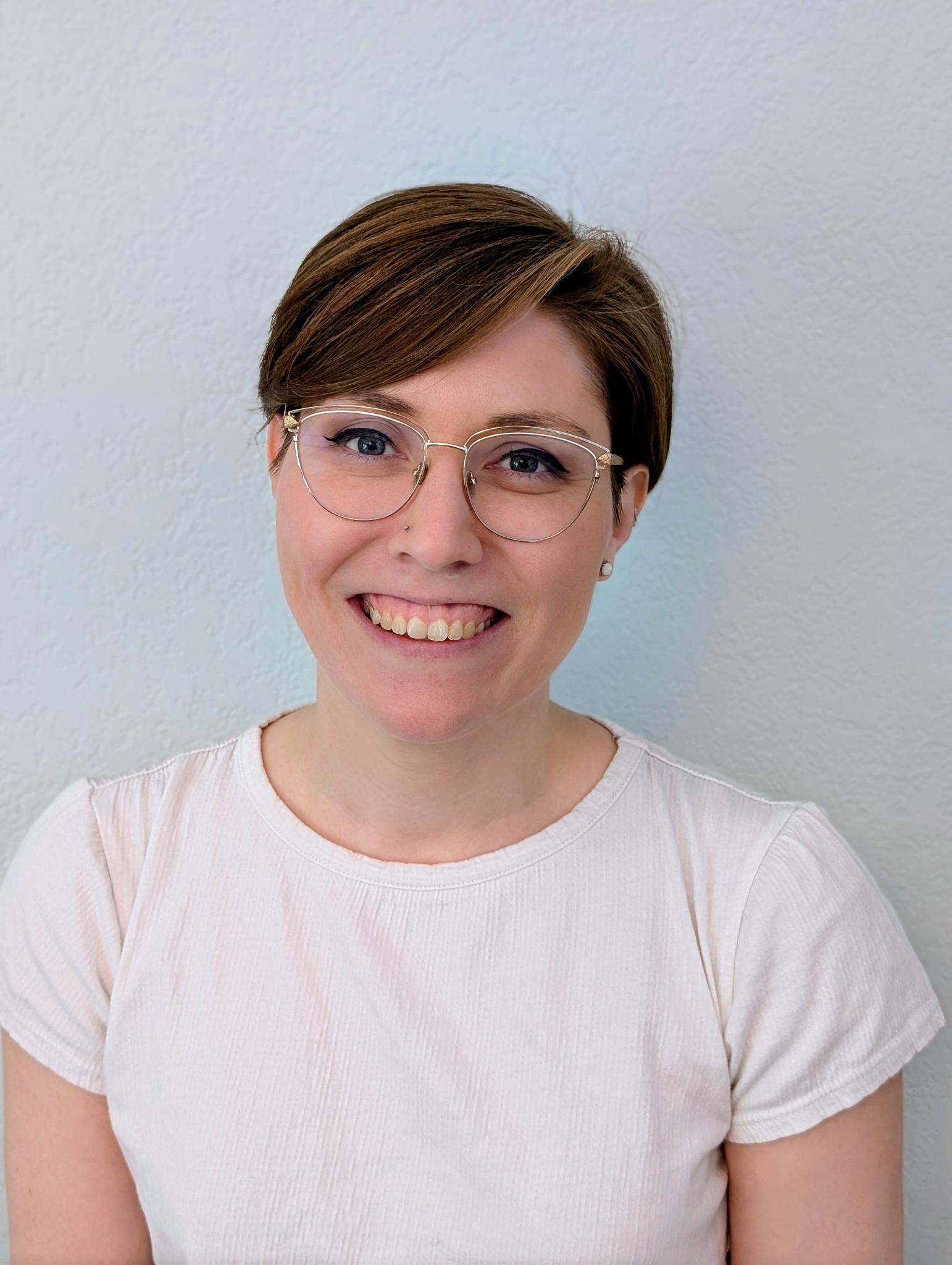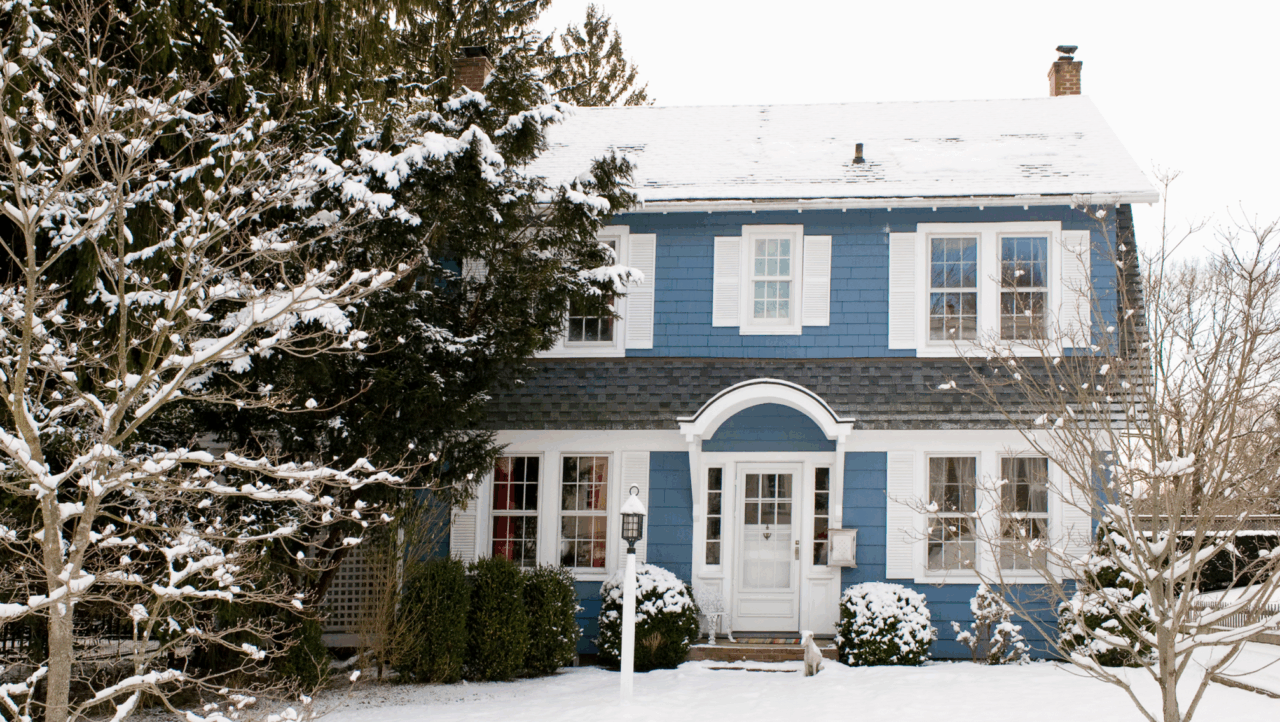What Are Prepaid Costs When Buying a Home?
When you buy a home, you'll pay prepaid closing costs. Learn what this means and how much it may cost.


Written by Alycia Lucio on March 21, 2025
When you buy a home, there’s a transition point where you take over home ownership expenses from the seller. To make sure necessary payments aren’t missed, lenders require borrowers to pre-pay some of those costs when the sale is finalized at closing.
These costs are considered “prepaid” because you’re paying them before they’re actually due. Similar to the earnest money deposit you put down when you make an offer to buy a home, prepaid costs are paid into an escrow account, where they’re held until the bills come due. Nearly all buyers – some 91% – are surprised by at least one of these costs when they start the home buying process, according to a 2024 Zillow survey.
To take the surprise out of closing, we’ll discuss examples of prepaid costs, the difference between prepaid versus closing costs, where to find prepaid costs on your loan documents, and how those costs are determined.
What is included in prepaid costs?
Prepaid costs typically include homeowner’s insurance premiums, mortgage interest payments, property taxes, and mortgage insurance. Here’s a look at the different prepaid costs your lender might require.
Homeowners insurance
Mortgage lenders usually require you to pay up to 12 months of home insurance premiums in advance. This helps ensure that their investment in the property — and yours — is protected against damage.
Mortgage insurance
If you buy a home with a conventional loan, and put less than 20% down, you will usually have to pay private mortgage insurance (PMI). Typically, you’ll pay two months’ worth of PMI upfront at closing, and pay the rest in monthly installments along with your mortgage payments. FHA loans also require an upfront mortgage insurance premium (MIP), regardless of your down payment amount, and an annual premium paid in monthly installments. The upfront payment is equal to 1.75% of the loan amount.
Mortgage interest
Lenders typically require borrowers to pay mortgage interest for the days they own the property in the month they close. For example, if you close on the 20th of the month, you would pay 10 or 11 days worth of mortgage interest, depending on how many days are left in that month.
Property taxes
Property tax payments work much the same way as prepaid mortgage interest. However, the amount of property taxes you pay is calculated over a full year, so how much you pay at closing depends on the time of the year you close. Lenders require borrowers to prepay property taxes from the closing date until the end of the year. If you close in April, you’ll have to pay eight months worth of property taxes. If you close in November, you’ll only have to pay two month’s worth of taxes.
Prepaid costs vs. closing costs
It may seem as though prepaid costs are part of closing costs, since they’re both paid at closing, but they’re not the same. Closing costs cover administrative fees required to process a loan, such as title searches and appraisal fees, while prepaid costs cover a buyer’s future housing expenses in advance.
Another key difference between prepaid costs and closing costs is that the seller might offer to pay for a buyer’s closing costs, but prepaid costs are always paid for by the buyer. Rarely do sellers offer to pay for a buyer’s prepaid costs.
Where can I find my prepaid costs?
Your prepaid costs are included on your Loan Estimate and Closing Disclosure. Borrowers receive a Loan Estimate no less than three business days after submitting a completed loan application. Prepaid costs will likely be listed on the second page of your Loan Estimate labeled as “other costs” under the “closing costs” section.
How to estimate prepaid costs
Prepaid costs can vary heavily by location and the company you use to manage the closing, so it can be difficult to calculate how much you’ll owe. However, there are a few ways to estimate the cost of prepaid expenses, like homeowners insurance, mortgage interest and property taxes, using some information you may already know.
Homeowners insurance
Expect to pay six to 12 months worth of homeowners insurance premiums. Although lenders prefer 12 months of insurance payments, they might accept less if you can show you have several months of cash reserves. The average homeowner pays an annual homeowners insurance premium of 0.5% of the home's value.
To estimate your insurance cost for the year, multiply the cost of the home by 0.005; to get the monthly cost, divide that number by 12. So, for example, if you buy a home for $375,000, you can expect to pay about $1,875 annually for home insurance, or $156.25 a month. To get an estimate of what you’ll be prepaying at closing, multiply the monthly cost by the number of months left in the year, based on the closing date.
A few things to keep in mind:
- You can shop around for insurance to get the best price, and then share the information with the closing company.
- The price of homeowners insurance depends on the home’s condition, location, and your credit score.
- You can expect a higher insurance premium if you live in an area prone to natural disasters, such as Southern Florida where hurricanes are frequent, or California where forest fires are abundant.
- Homeowners who recently replaced their roof or renovated an older part of their home might qualify for a lower insurance premium.
Mortgage insurance
Your upfront mortgage insurance payment is percentage based. If you're required to pay PMI on a conventional or FHA loan, your lender will arrange PMI for you and set a PMI rate based on several factors (like property value, loan amount, credit score, debt-to-income ratio and your loan term). Upfront MIP on FHA loans has a set rate of 1.75% of the loan amount. Meaning you'd multiply your loan amount by 0.0175 to estimate your upfront MIP costs. Some lenders may allow you to roll upfront mortgage insurance costs into the loan principal.
Mortgage interest
Borrowers are only required to pre-pay for up to 31 days of mortgage interest. The day of the month you close determines how many days of mortgage interest will be included in your prepaid costs.
You can get a quick estimate of what you’ll be pre-paying in interest by using Zillow’s Amortization Calculator. Just enter the loan amount, loan program, loan start date and the interest rate. Click the tab that says “schedule,” and select the drop-down for “show by month” that breaks down what you’ll pay in interest and principal each month.
Take the interest amount listed next to Month 1, and divide it by the total number of days in the month that you expect to close. Then take that amount, and multiply it by the number of days left in that month once the house becomes yours.
For example, if you’re closing during a month that has 30 days, you would divide $1,800 by 30, which works out to be $60 a day in interest. If you’re closing on the 15th of the month, there would be 15 days left in that month, so you would multiply $60 a day by 15, which would give you $900. That’s about what you can expect to prepay in interest.
Property taxes
Property taxes are based on county assessment of property values in a given area and the county tax rate for that location. You can use the same approach to estimating your prepaid property taxes using Zillow’s Property Tax Calculator.
Here’s what that would look like using the example of a $360,000 home in King County, Washington:
Your property tax estimate is:
Annual property taxes
$4,200.00
Monthly property taxes
$350.00
Avg. tax rate
0.84 %
Hopefully, we’ve given you an idea of the prepaid costs you’ll encounter at closing. For more information, or for questions about, financing a home, you contact a loan officer with us at Zillow Home Loans*, or connect directly with a Zillow Premier Agent partner to kickstart your home buying journey.
*An equal housing lender. NMLS #10287
Tags
How much home can you afford?
At Zillow Home Loans, we can pre-qualify you in as little as 5 minutes, with no impact to your credit score.
Zillow Home Loans, NMLS # 10287. Equal Housing Lender
Get pre-qualifiedHow much home can you afford?
See what's in reach with low down payment options, no hidden fees and step-by-step guidance from us at
Zillow Home Loans.
Zillow Home Loans, NMLS # 10287. Equal Housing Lender
Calculate your BuyAbility℠
Related Articles
Get a mortgage with Zillow Home Loans
Go from dreaming to owning with low down payment options, competitive rates and no hidden fees. A dedicated loan officer will guide you until you have your keys in hand.

Zillow Home Loans, NMLS #10287. Equal Housing Lender.



